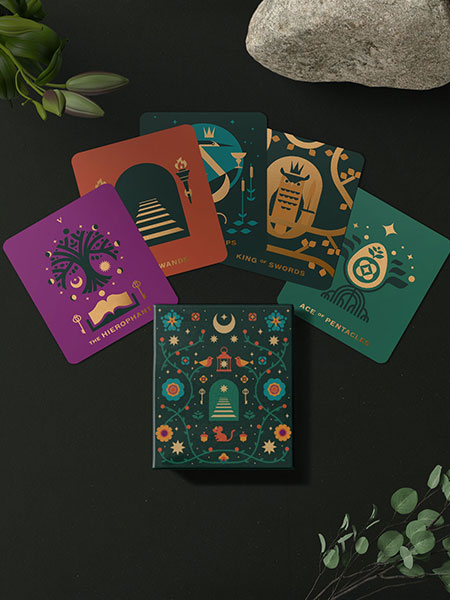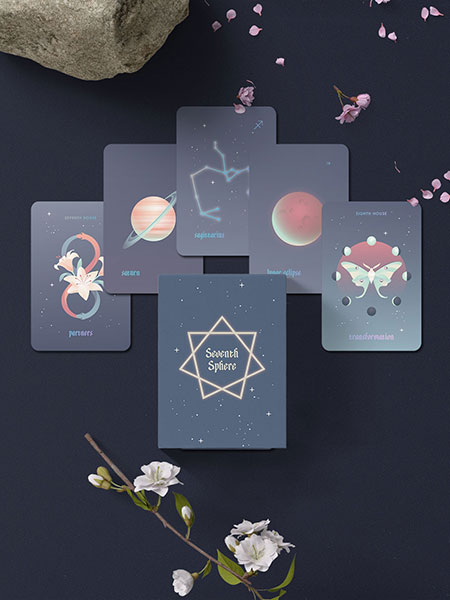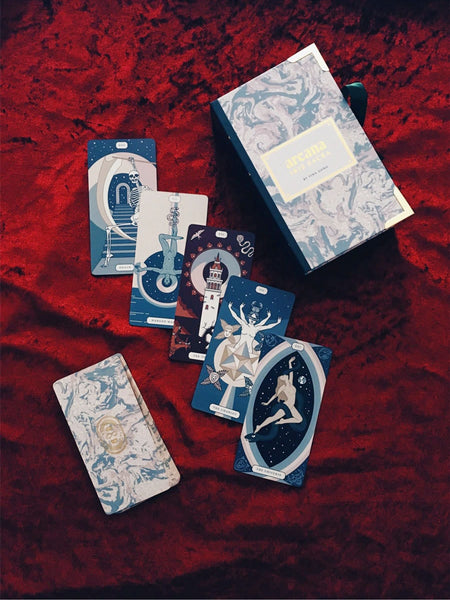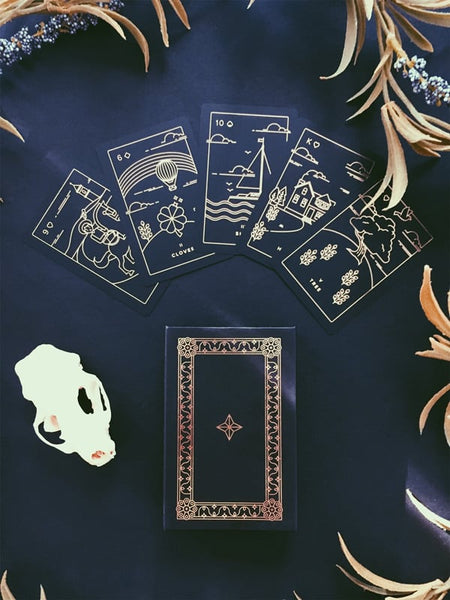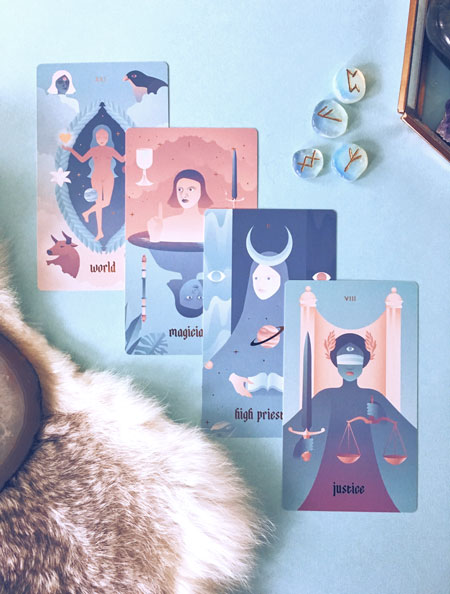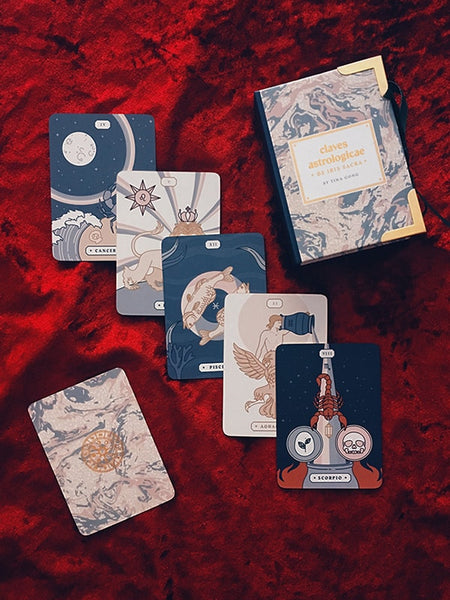✦ ✦ ✦
5 Mystics who created Sacred Geometry Art
Published
Art and spirituality have always had a close relationship, from the early days of the church commissioning works by artists, to the questions that more modern artists ask of themselves in contemporary society. We curated a few here that we were inspired by. Most of them have amazing, strange and beautiful histories beyond their work as artists.
Emma Kunz, 1892 - 1963
 Kunz was born to a family of Swiss weavers, and was never formally trained as an artist. Her immense body of work was created as part of her practice as a healer. During her sessions, which could last up to 24 hours straight, she created her beautiful, geometric diagrams with the help of a divining pendulum, which laid out the structure of each of her images. Not only is her art reflective of a modernist interpretation of a mandala, the purpose of these drawings were similar as well - Kunz created these to help her patients reflect, meditate and realign - and each of these images were laid on the floor between her and her patient.
Kunz was born to a family of Swiss weavers, and was never formally trained as an artist. Her immense body of work was created as part of her practice as a healer. During her sessions, which could last up to 24 hours straight, she created her beautiful, geometric diagrams with the help of a divining pendulum, which laid out the structure of each of her images. Not only is her art reflective of a modernist interpretation of a mandala, the purpose of these drawings were similar as well - Kunz created these to help her patients reflect, meditate and realign - and each of these images were laid on the floor between her and her patient.




Hilma af Klint, 1862 - 1944

Nurtured with an early interest in mathematics, Klint was a swedish artist whose body of work consisted of diagrams that represented complex spiritual concepts. While in art school, she met the first of a group that would later be known as “The Five”, women whose mission were to create a system of mystical thought through their contact with spirits known as “High Masters”. To contact them, they would hold seances, and then transmit the knowledge and ideas that were given to them into the diagrams and paintings that make up Klint’s work.




Join 2 million+ users
Looking for more insight into your relationship?
Download App
Hildegard von Bingen, 1098 - 1179
Hildegard von Bingen was an abbess and a mystic, and known for amazing talents in both art, writing, science and music. She was gifted since childhood with visions, but she was frail in health. At the age of 42, she was given a vision that instructed her to record what her visions show her, though through the act of recording, she experienced bouts of illness. She created a compendium called Scivias of all that she had seen. Her work in the medical fields comes from her work within the herbal gardens in her monastery. She believed in the relationships between spirituality, healing and artistic creation, looking at health from a interdisciplinary and wholistic perspective.



Olga Fröbe-Kapteyn, 1881 - 1962

Olga bloomed into both mysticism and the arts later in her life while in Switzerland, where her circle consisted of others who were highly interested in Indian philosophy, meditation and the commonalities between religions. She organized a conference that later grew to become Eranos, a gathering of scholars to share their research into spirituality. The conference was deeply influenced by Carl Jung and Rudolf Otto. She later founded the Archive for Research in Archetypal Symbolism, which still exists today as part of the Carl Jung foundation.



Carl Jung, 1875 - 1961

Well known for his work in psychology and archetypal symbolism, Carl Jung spent the later years of his life composing a work called the Red Book (which I’m so happy I own!). The work was deeply personal, spanning his exploration into his own depths, and confronting his own unconscious. Not only did he write the text, but he also transcribed the text in calligraphy and drew the images that span the book. Only about two thirds of his manuscript was ever transcribed, the huge feat abandoned in 1930.



2 comments
-
ClaudeNice to see it has always been a source of inspiration for creatives worldwide.
-
J.BodhiI always thought Jung’s stuff was conceptual to his own mind only – him and Freud I believe are overrated – and the red book reads like Nietsche, in that it makes no sense – I mean the world doesn’t need more advice couched in riddles like seeing shapes in clouds.
